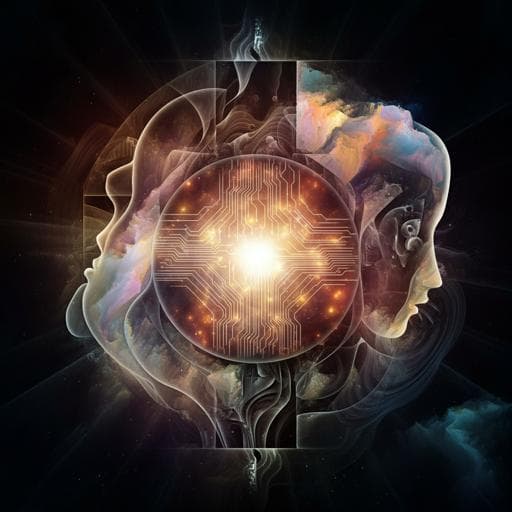
Computer Science
Whose morality? Which rationality? Challenging artificial intelligence as a remedy for the lack of moral enhancement
S. Serafimova
This paper by Silviya Serafimova delves into the intricate moral implications of algorithmic decision-making in machine ethics, challenging the notion that ethical intelligence can equate to human-level moral agency. It scrutinizes key normative theories to illuminate the complexities of crafting genuine ethical agents.
~3 min • Beginner • English
Related Publications
Explore these studies to deepen your understanding of the subject.







